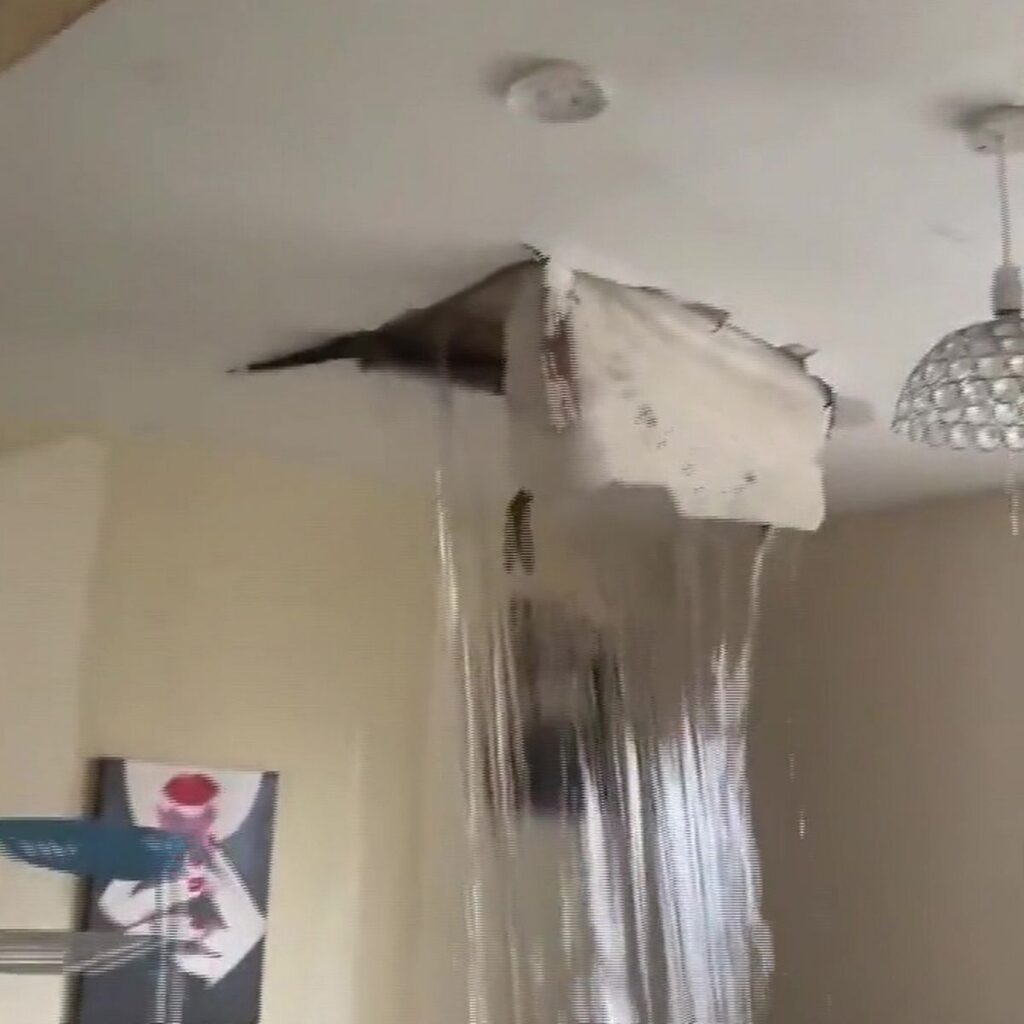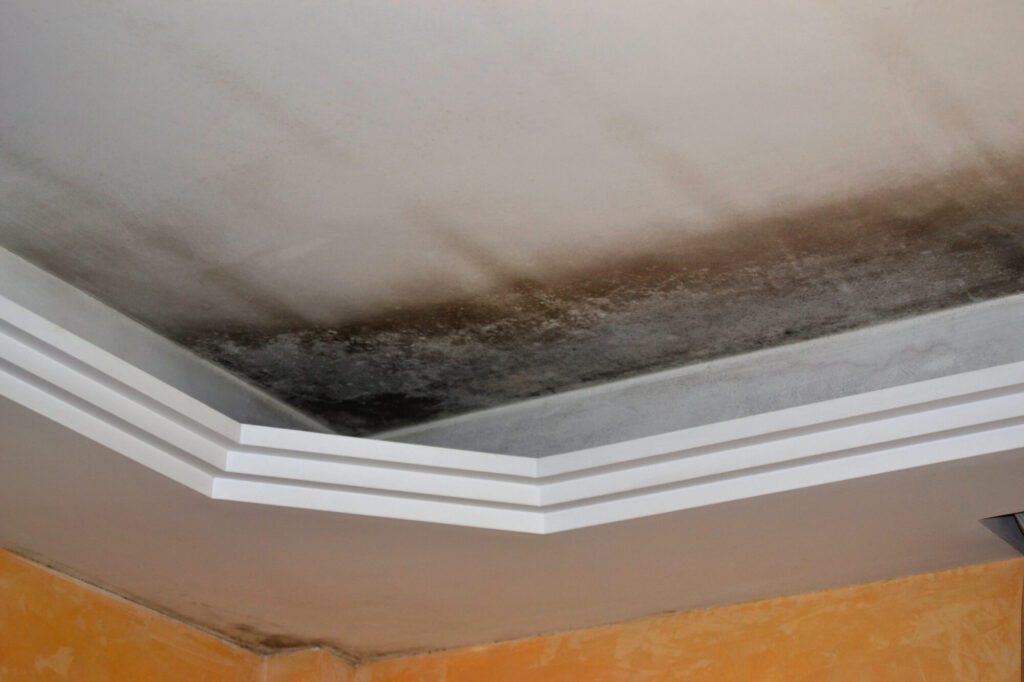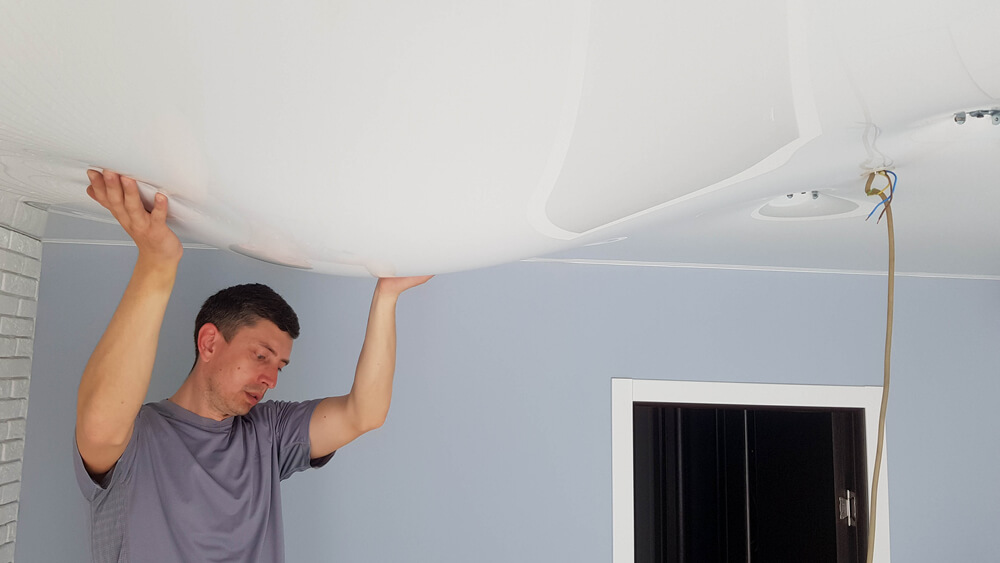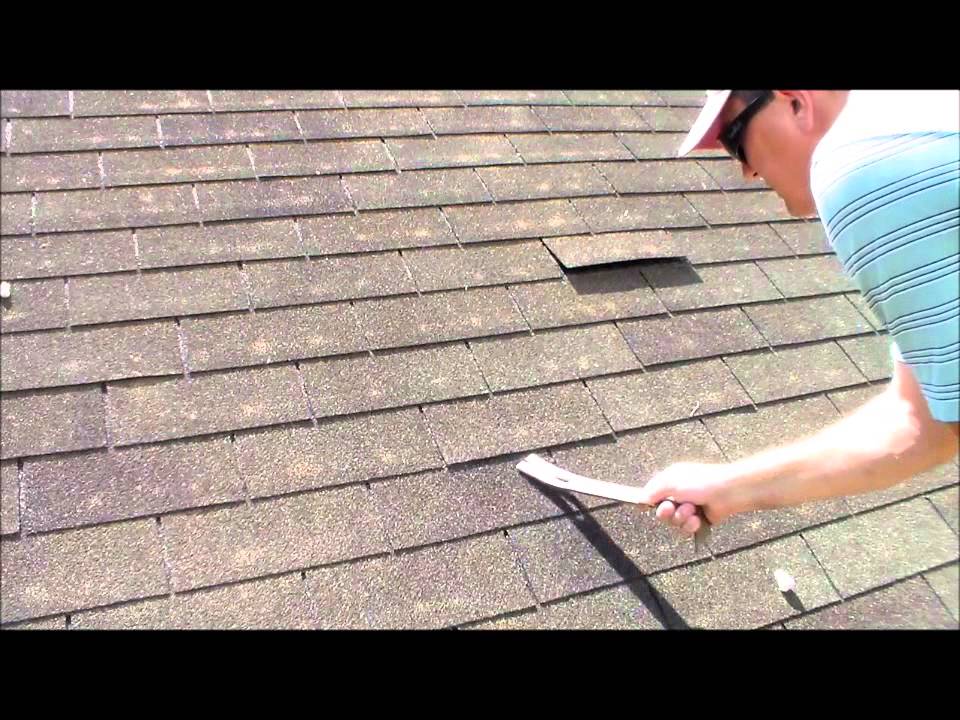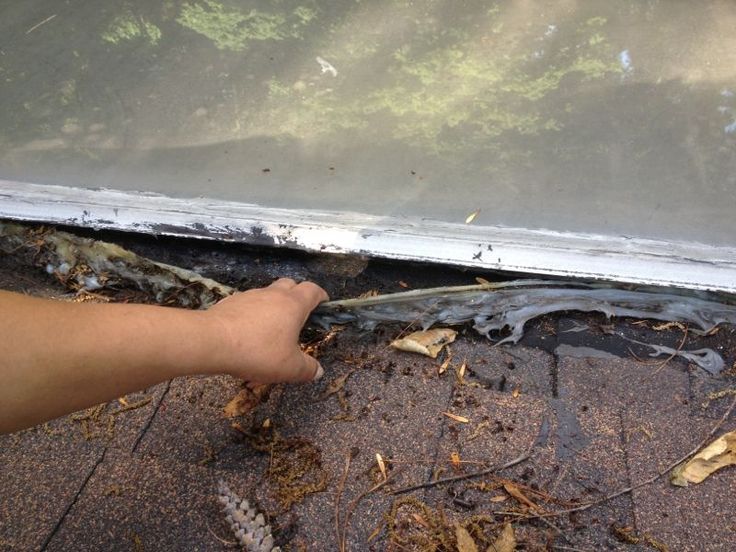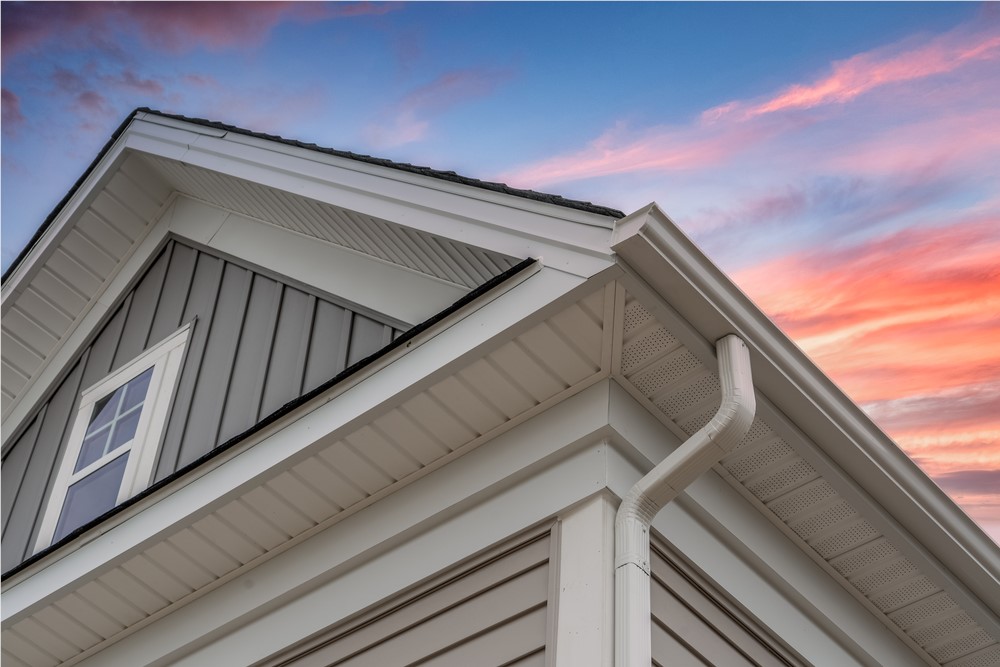If you find yourself facing the frustrating dilemma of a water leak in your ceiling, you may be wondering who to call for help. Whether it’s a rainy day surprise or a persistent plumbing issue, addressing a water leak is crucial to avoid further damage and costly repairs. In this article, we will explore the key individuals who can provide the expertise needed to tackle this problem head-on, ensuring your ceiling stays dry and your peace of mind remains intact. So, if you’re unsure about who to call when faced with a water leak in your ceiling, read on to find the solution you’re looking for.


1. Water Leak Detection: Understanding the Problem
Water leaks in ceilings can be a frustrating and potentially damaging problem. Understanding the causes of these leaks, recognizing the signs, and being aware of the potential risks and damages are all important aspects of dealing with this issue.
1.1 Causes of Water Leaks in Ceilings
Water leaks in ceilings can be caused by various factors. Some common causes include:
- Plumbing issues: Faulty plumbing systems or leaky pipes can lead to water leaks in ceilings. This is especially common in older homes where the plumbing may not have been properly maintained or updated.
- Roof leaks: If there are issues with the roof such as missing shingles or damaged flashing, water can enter the home and cause leaks in the ceiling.
- Condensation: In humid environments, condensation can form on pipes or other surfaces, leading to water leaks.
- Appliance malfunctions: Water leaks can also be caused by malfunctioning appliances such as dishwashers, washing machines, or water heaters.
Identifying the cause of the water leak is crucial in order to effectively address the issue and prevent further damage.
1.2 Signs of a Water Leak in the Ceiling
Detecting a water leak in the ceiling early on is important to prevent further damage. Some signs to look out for include:
- Water stains or discoloration on the ceiling
- Dripping or pooling water
- Sagging or bulging ceiling
- Musty odors or mold growth on the ceiling or walls
- Cracks or peeling paint on the ceiling
It’s important to note that sometimes the signs of a water leak may not be immediately visible. In such cases, it’s important to be vigilant and keep an eye out for any changes in the appearance or smell of your ceiling.
1.3 Potential Risks and Damages
Water leaks in ceilings can lead to a variety of risks and damages if not promptly addressed. Some of the potential risks include:
- Structural damage: If left untreated, water leaks can compromise the structural integrity of your home, causing significant damage.
- Electrical hazards: Water leaks can pose a risk of electrical shock, especially if the water comes into contact with electrical wiring or devices.
- Mold growth: Excess moisture from water leaks can create the ideal conditions for mold growth. Mold can cause a variety of health issues and further damage to your home.
- Decreased property value: A water-damaged ceiling can negatively impact the value of your property if not properly repaired.
Understanding these potential risks and damages underscores the importance of taking immediate action when dealing with a water leak in your ceiling.
2. Initial Steps to Take
When faced with a water leak in your ceiling, there are a few initial steps you can take to mitigate the damage and ensure your safety.
2.1 Shutting Off the Water Supply
The first step is to locate and shut off the water supply to prevent any further leakage. This will help minimize the damage and allow you to address the issue without additional water flowing into the affected area.
Locate the main shut-off valve in your home and turn it off. If you’re unsure of the location of the valve, consult your home’s blueprints or contact a professional plumber for assistance.
2.2 Temporary Measures to Control the Leak
While waiting for professional help to arrive, it’s important to take temporary measures to control the leak and minimize the damage. This can include placing buckets or containers to catch dripping water and using towels or tarps to absorb any excess moisture.
If the leak is more severe and water is pooling on the floor, consider using a wet/dry vacuum to remove standing water.
Remember, these temporary measures are only meant to be a short-term solution. It’s crucial to contact professionals as soon as possible to address the underlying cause of the water leak.
2.3 Documenting the Damage
Before any repairs or restoration work begins, it’s important to thoroughly document the damage caused by the water leak. This documentation can be crucial for insurance claims and will provide a record of the extent of the damage.
Take detailed photographs or videos of the affected area, paying close attention to any visible signs of water damage. Make notes of any valuable items or furniture that have been affected.
By documenting the damage, you’ll have a stronger case for reimbursement from your insurance provider and a clearer understanding of the repairs that need to be completed.


3. Choosing the Right Professional Help
Dealing with a water leak in your ceiling typically requires professional assistance. It’s important to choose the right professionals who have the expertise and qualifications to address the issue effectively.
3.1 Importance of Professional Assistance
Professional assistance is crucial when dealing with a water leak in your ceiling for several reasons:
- Expertise: Professionals have the necessary knowledge and experience to accurately diagnose the cause of the water leak and recommend appropriate solutions.
- Safety: Dealing with water leaks can be hazardous, especially if electrical systems are involved. Professionals are trained to handle such situations safely.
- Efficiency: Professionals have the right tools, equipment, and resources to address the issue efficiently, minimizing the time it takes to repair the damage.
3.2 Types of Professionals to Contact
When faced with a water leak in your ceiling, there are several types of professionals you may need to contact depending on the specific issue:
- Licensed plumbers: If the water leak is caused by plumbing issues, a licensed plumber will be able to assess and repair the problem.
- Roofing contractors: For roof-related water leaks, contacting a roofing contractor is essential. They will be able to identify the source of the leak and provide the necessary repairs.
- General contractors: If the water leak has caused structural damage or requires extensive repairs, a general contractor can oversee the restoration process and coordinate necessary repairs.
- Water damage restoration companies: These companies specialize in addressing water damage and can provide services such as water extraction, drying, and mold remediation.
Choosing the right professional for the specific issue will ensure that the water leak is effectively addressed and the necessary repairs are completed.
4. Assessing Insurance Coverage
When dealing with a water leak in your ceiling, it’s important to understand your insurance policy and determine what coverage you have for this type of damage.
4.1 Understanding Your Insurance Policy
Review your insurance policy to determine the extent of coverage for water damage to your ceiling. Policies may vary, so it’s important to understand the specific terms and conditions outlined in your policy.
Look for coverage details related to water damage, leaks, and any exclusions or limitations. Understanding your insurance policy will help you determine the level of reimbursement and what repairs may be covered.
4.2 Contacting Your Insurance Provider
Once you have a clear understanding of your insurance policy, it’s important to contact your insurance provider as soon as possible to report the water leak and initiate the claims process.
Provide them with all the necessary information, including details about the water leak, documentation of the damage, and any receipts or estimates for repairs. Be prepared to answer any questions they may have regarding the incident.
By promptly contacting your insurance provider, you can begin the process of securing the necessary funds to cover the repairs and restoration of your ceiling.
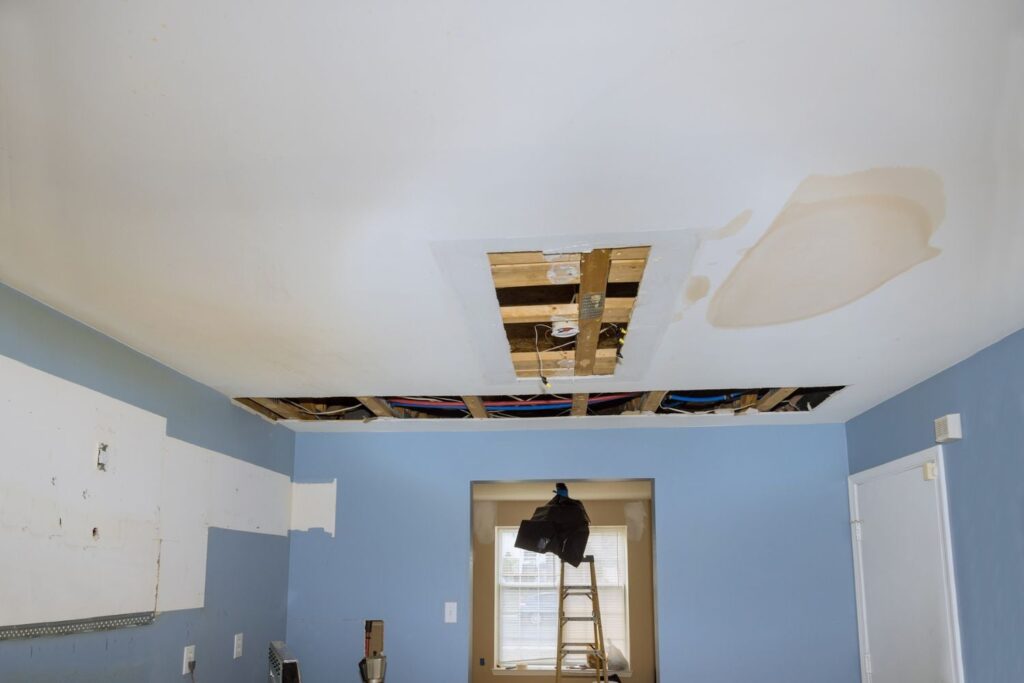

5. Licensed Plumbers
Licensed plumbers are essential when dealing with water leaks caused by plumbing issues. Their expertise and qualifications make them the go-to professionals for addressing these types of problems.
5.1 Qualifications and Expertise
When choosing a licensed plumber, it’s important to consider their qualifications and expertise. Look for plumbers who are licensed, insured, and have a solid reputation in the industry.
A qualified plumber will be able to accurately diagnose the cause of the water leak, whether it’s a burst pipe, faulty valve, or other plumbing issue. They will then recommend and implement the appropriate repairs or replacements.
5.2 Emergency Plumbing Services
In cases where the water leak is severe or posing an immediate threat, emergency plumbing services may be necessary. Licensed plumbers who offer emergency services can respond quickly to mitigate the damage and address the issue promptly.
When contacting a licensed plumber for a water leak in your ceiling, be sure to inquire about their availability for emergency services and their response time. This will ensure that you can get immediate help when needed.
6. Roofing Contractors
When the water leak in your ceiling is related to roof issues, you will need to contact a roofing contractor. These professionals specialize in identifying and repairing roof-related leaks.
6.1 Identifying Roof-Related Water Leaks
Roofing contractors are skilled in identifying the source of roof-related water leaks. They will conduct a thorough inspection of your roof to determine the cause of the leak, whether it’s due to damaged shingles, faulty flashing, or other roof issues.
Their expertise allows them to accurately diagnose the problem and propose the necessary repairs or replacements to stop the water leak and prevent future issues.
6.2 Roof Damage Inspection and Repair
In addition to addressing the specific water leak, a roofing contractor will also assess the overall damage to your roof. This includes inspecting for any additional areas of concern and recommending any repairs or maintenance that may be needed.
Roofing contractors will ensure that the integrity of your roof is restored, preventing further water leaks and protecting your home from potential damage.
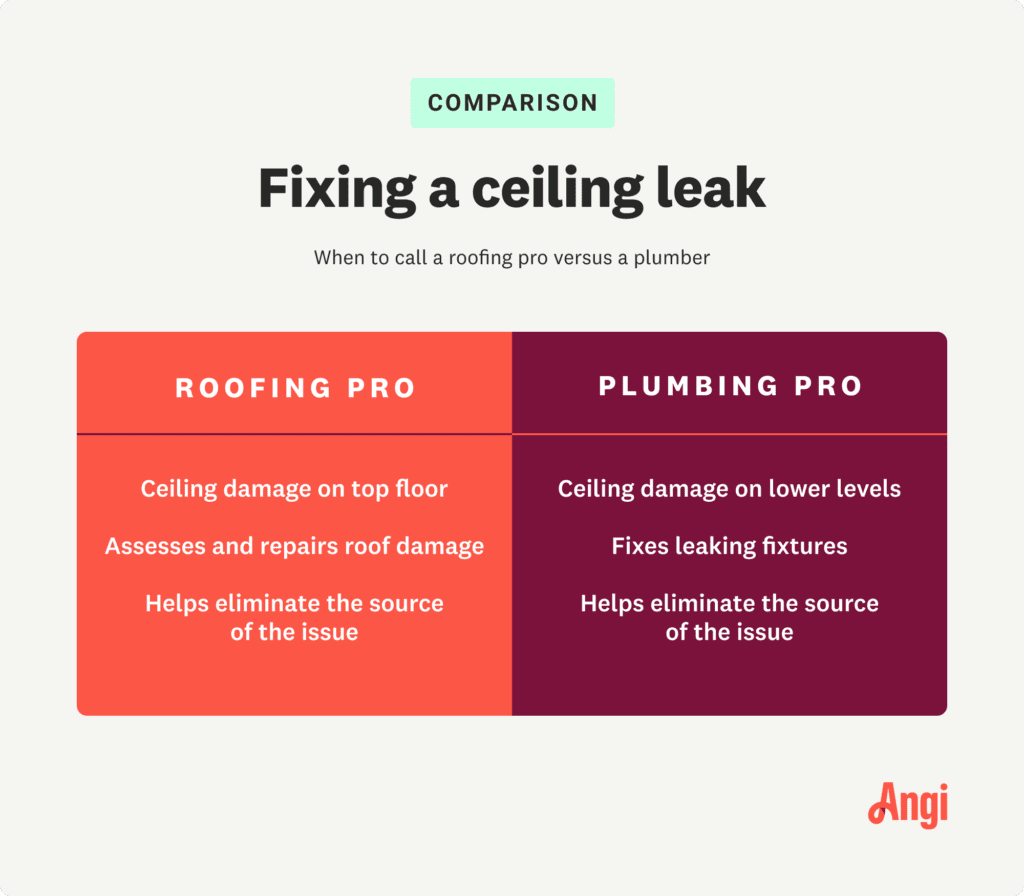

7. General Contractors
If the water leak in your ceiling has caused structural damage or requires extensive repairs, a general contractor may be necessary to oversee the restoration process.
7.1 Addressing Structural Damage or Repairs
Water leaks can sometimes lead to structural damage, compromising the stability and safety of your home. In such cases, a general contractor will assess the extent of the damage and develop a plan for repairs.
They will coordinate the necessary repairs with other professionals, such as licensed plumbers or roofing contractors, to ensure that all aspects of the water leak are effectively addressed.
7.2 Overseeing Restoration Process
A general contractor will serve as the project manager, overseeing the entire restoration process. They will coordinate the schedules of various professionals involved in the repairs and ensure that the necessary permits and inspections are obtained.
By hiring a general contractor, you can have peace of mind knowing that the water leak and any resulting damage will be comprehensively addressed, minimizing the disruption to your daily life.
8. Water Damage Restoration Companies
Water damage restoration companies specialize in addressing the aftermath of a water leak, offering services that focus on mitigating the damage, restoring the affected area, and preventing further issues such as mold growth.
8.1 Professional Water Extraction and Drying
Water damage restoration companies have the necessary equipment and expertise to extract water from the affected area and properly dry out the space. This helps prevent further damage and minimize the risk of mold growth.
Through the use of specialized equipment such as industrial-grade dehumidifiers and air movers, these professionals can effectively remove moisture from carpets, walls, and other surfaces.
8.2 Mold Remediation Services
Excess moisture from water leaks can create the ideal conditions for mold growth. Water damage restoration companies are equipped to handle mold remediation, ensuring that any existing mold growth is effectively eliminated and preventive measures are implemented to discourage future mold growth.
They will conduct a thorough inspection to identify any areas affected by mold and develop a plan for remediation. This can include the removal of affected materials, cleaning and disinfecting the area, and implementing measures to prevent future mold growth.
By engaging the services of a water damage restoration company, you can be confident that the water leak and any resulting mold growth will be properly addressed, restoring the affected area to its pre-damage condition.


9. Cost Considerations and Budgeting
When dealing with a water leak in your ceiling, it’s important to consider the costs involved and budget accordingly. Assessing the extent of the damage and obtaining multiple quotes will help you make informed decisions regarding the necessary repairs and restoration.
9.1 Assessing the Extent of Damage
Before obtaining quotes or estimates, it’s important to assess the extent of the damage caused by the water leak. This includes identifying any structural damage, evaluating the scope of repairs needed, and considering any necessary upgrades or improvements.
By conducting a thorough assessment, you’ll have a clearer understanding of the potential costs involved and can make more accurate budgeting decisions.
9.2 Obtaining Multiple Quotes
Obtaining multiple quotes from different professionals such as licensed plumbers, roofing contractors, and general contractors is crucial. This will allow you to compare costs, services offered, and proposed timelines, helping you make an informed decision.
When obtaining quotes, make sure to provide each professional with the same information regarding the water leak and any damage. This will ensure that the quotes are comparable and will enable you to make a fair evaluation.
Remember to consider factors beyond just the cost, such as the reputation and qualifications of the professionals, when making your final decision.
10. Taking Preventive Measures
Once the water leak in your ceiling has been addressed and the necessary repairs have been completed, it’s important to take preventive measures to avoid future leaks and damage.
10.1 Regular Inspection and Maintenance
Regularly inspecting your plumbing system, roof, and other areas susceptible to water leaks can help identify and address potential issues before they become major problems. Look out for signs of wear and tear, such as loose or damaged shingles, leaking pipes, or signs of condensation.
Performing routine maintenance, such as cleaning gutters and downspouts, checking for leaks in faucets or toilets, and ensuring proper insulation, can also help prevent water leaks and associated damage.
10.2 Installing Leak Detection Systems
Consider installing leak detection systems in areas prone to water leaks, such as the kitchen, bathroom, or laundry room. These systems can help alert you to any potential leaks by detecting changes in water flow or pressure.
Some leak detection systems can even automatically shut off the water supply, minimizing the potential damage caused by a water leak.
Taking these preventive measures will help ensure that your home remains free from the risk of water leaks in the future, giving you peace of mind and helping to maintain the value of your property.
In conclusion, dealing with a water leak in your ceiling requires a comprehensive approach. Understanding the causes of water leaks, recognizing the signs, and being aware of the potential risks and damages are all important aspects of effectively addressing this problem. Additionally, taking initial steps such as shutting off the water supply, documenting the damage, and choosing the right professional help are crucial. Assessing insurance coverage, considering cost considerations and budgeting, and taking preventive measures will help you navigate through the process of dealing with a water leak in your ceiling. By following these steps and seeking professional assistance, you can ensure that the water leak is effectively addressed, minimizing damage and restoring your home to its pre-damage condition.


